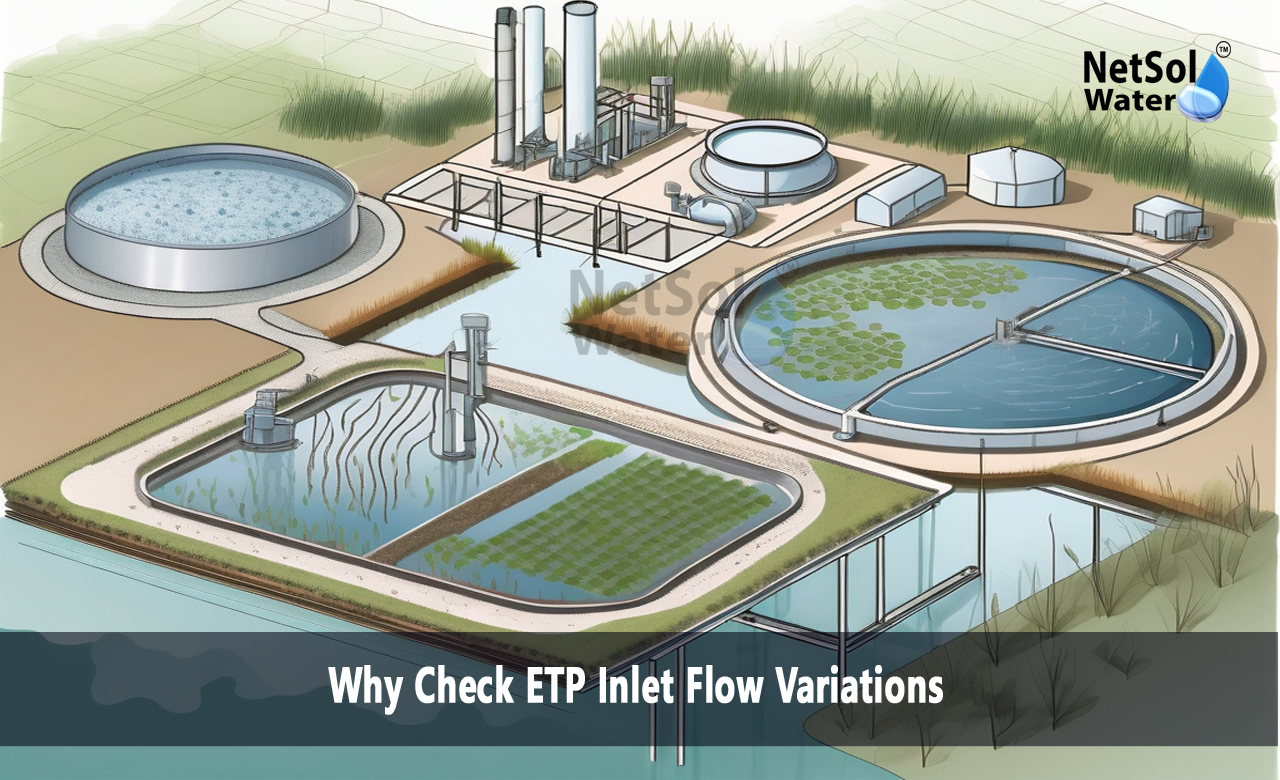Why Check Effluent Treatment Plant Inlet Flow Variations?
Effluent Treatment Plant inlet flow variations affect the way water enters the treatment plant. They show the changes in the flow and help the plant work at its best. The inlet flow sets the stage for the treatment and can change with the quality of the water. The plant operators use the data to see if the system runs smoothly or if adjustments are needed. In this blog, we explain why checking ETP inlet flow variations is important. We show the basics of the process and the steps that help the plant run with a steady flow.
Process Overview
The water enters the plant at a given speed and volume. The plant treats the water as it passes through filters and tanks. The initial flow sets the pace for every subsequent step in the treatment. Operators study the data to see if the water comes in steadily. The system works best when the flow stays near the expected values. A change in the inlet flow can disturb the entire process and cause delays in treatment.
Key Parameters
The inlet water shows many details that matter to the process. One parameter is the water volume that enters the plant every hour. Another parameter is the water speed. Both numbers help operators understand the system. The data from the inlet shows whether the plant receives the correct amount of water. The proper value helps maintain the balance in the treatment. A steady inlet leads to smooth operation and helps the plant work as planned.
How monitoring the system improves the overall performance?
Data Collection
Operators measure the water flow at regular intervals. They use simple instruments to capture the numbers that describe the inlet flow. The data shows the trends and reveals any sudden changes. The team studies the information to see if the water enters as expected. Consistent data helps the plant adjust to changes quickly. The process works better when each reading connects with the next step in treatment.
Performance Review
The information from the flow measurements helps the team study the system. They check if the water flow matches the planned values. The operators compare current data with past records to see if any variation occurs. This review shows if the system works with a steady flow. A clear understanding of the changes makes it easier to keep the plant on track.
How to troubleshoot issues and adjust the process when needed?
Troubleshooting Flow Issues
Sometimes the instruments show a change in the water flow that is not expected. The team checks the equipment to see if the readings are correct. They study the inlet to see if any debris or blockage causes a change. The operators take the time to fix any error so that the process returns to normal. This careful check helps keep the plant running without delays.
Process Adjustments
When the inlet flow shows a variation, the team will take action to adjust the process. They set the equipment to match the incoming water volume. This step helps the treatment work smoothly and keeps the water quality in check. A timely adjustment makes the plant more efficient and helps avoid any disturbance in the overall system.
Conclusion
Every step matters in the treatment process. A stable inlet flow leads to smoother operation and helps maintain water quality. The focus on ETP inlet flow variations helps plant operators see the need for routine checks and timely adjustments. It shows that even a small change in the water flow can affect the entire system and that careful observation and prompt action make the plant work better.
Contact Netsol Water at:
Phone: +91-965-060-8473, Email: enquiry@netsolwater.com



